GNS Scientists are Catalyst Fund recipients for collaborative research projects
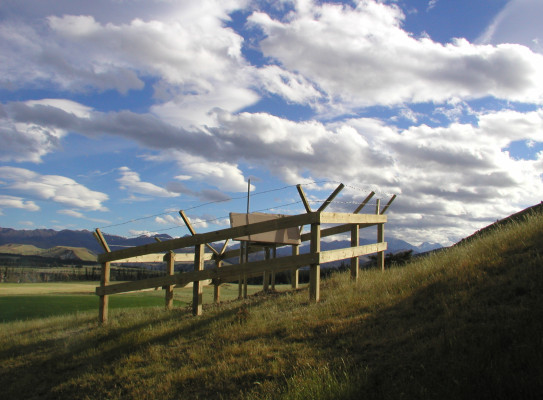
Six GNS-Led research projects are receiving support this year from the Catalyst Fund, which aims to enhance knowledge creation in New Zealand by linking world-class international researchers and creating enduring international science partnerships.
GNS Scientist Dr Suzanne Bull is the recipient of two Catalyst Fund awards leading collaborative research projects on underwater landslides. The first of these is a Leadership Fund award for an aptly named project called ‘SLUMP’ collaborating with International Fellow Dr Glenn Sharman from University of Arkansas, USA. The funding will support Dr Sharman to work on sediment cores collected by GNS and NIWA on RV Tangaroa in 2022.
Dr Suzanne Bull: SLUMP - Submarine Landslide origins Unveiled through Multi-proxy Provenance analysis
(Catalyst: Leaders International Leader Fellowship $100,000)

We are really excited to have received this funding because we get to do some cool science that we couldn’t otherwise have done. The benefit to New Zealand science is massive, adding a new dimension to our landslide research, and shedding light on first order processes that are operating offshore.
New Zealand is vulnerable to damaging tsunami from various sources including poorly understood submarine landslides. A series of giant, prehistoric submarine landslides discovered from the eastern Tasman Sea likely generated devastating tsunami that impacted the North Island’s west coast. Delivery and build-up of the sediments that fuelled these giant landslides is tentatively linked to rapid growth of the Southern Alps over the last 4 million years, but reconstructing deep-time, continental scale processes is challenging.
Tracing sediments back to their place of origin (provenance analysis) is one of the few avenues available. Zircon is a particularly useful mineral because it can be dated to determine the age at which it formed and subsequently cooled during uplift and erosion. This approach, termed ‘double dating’, is ideally suited to this puzzle because rapidly eroded areas of the Southern Alps yield uniquely young cooling dates relative to other sources.
“We really don’t know that much about offshore sediment. This is big scale ‘source to sink’ work, that’s difficult to do. For example, tracking sediment that has originated off the top of a mountain, flowed out of South Island rivers and ended up in the deep sea. Having Glenn’s expertise here will get us a long way down the line,” says Suzanne.
The project will allow us to better understand prehistoric landslide preconditioning along with vital perspectives on modern day seabed conditions and likelihood of future landslide events. This novel partnership will develop new provenance capability for New Zealand and underpin enhanced resilience to natural hazards.
Dr Suzanne Bull: Developing a novel “listening” capability to enable sustained monitoring and early warning of hazardous underwater landslides
(Awarded: $70,000)
Dr Bull’s second collaborative project brings together three world-leading teams and involves partnering with researchers at the National Oceanographic Centre (NOC), United Kingdom and the National Institute of Water and Atmosphere (NIWA) in New Zealand.
“We are all fizzing to be working together on this. NOC in UK have some of the leaders in this field, and with NIWA our sister CRI and their offshore capability, we’ll be able to showcase our New Zealand expertise.”
Large landslides that occur beneath the sea can generate damaging near-shore tsunami, yet we have little information around what it takes to trigger such events, how fast they move, and their tsunamigenic mechanisms.
Recently, technological advances have enabled us to detect noise and ground shaking generated by underwater landslides and smaller turbidity currents. This raises the intriguing possibility of not only being able to “hear” and record these hazardous events, but to better understand their frequency, locations and precursors.
For New Zealand, which is surrounded by numerous historic underwater landslides and there is potential to achieve a step-change in our understanding and preparedness for such events.
“New Zealand is a natural laboratory with a dynamic offshore environment. The continent of Zealandia is 94% submerged and it’s not an exaggeration to say we have no idea of what’s going on out there. We will learn a lot about what is happening in the ocean and on the sea floor, and we don’t know what we will find.”
The project team will construct a technology roadmap needed for this new capability and lay the foundations for a New Zealand monitoring trial by developing a short list of ideal test sites and an application for time aboard New Zealand's blue water research vessel, R/V Tangaroa. The outcome will be both a sustained collaboration and a novel research focus for a better prepared, more resilient Aotearoa New Zealand.
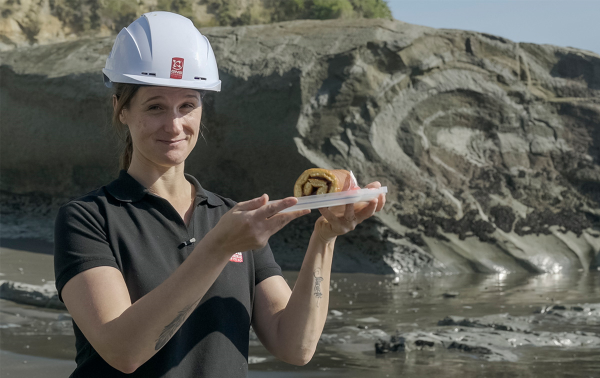
Dr Ery Hughes: Decoding volcanic gas signals: modelling gases in the world’s most hazardous volcanoes
(Awarded: $80,000)
Eruptions at highly dangerous stratovolcanoes, like Ruapehu, Tongariro, and Whakaari can result from the build-up of high-pressure gases within sticky magmas. The composition of volcanic gas contains critical information that can be used to understand the drivers of volcanic unrest, potentially allowing us to determine how close to an eruption the volcano is getting.

GNS Project Lead Dr Ery Hughes says “Currently, we lack a chemical model to accurately interpret exactly where gases are forming, especially at stratovolcanoes like Ruapehu, Tongariro, and Whakaari, where the magmas beneath them can produce very explosive eruptions.”
“Our work will build a new model, developed from high pressure (up to 200 MPa or 7 km deep) and high temperature (up to 1200 °C) experiments where we make mini magma chambers in the lab that will be tuned to stratovolcanoes in Aotearoa and France.”
This project builds towards the world’s first solubility model tuned to andesite stratovolcanoes in Aotearoa and France. The collaboration between GNS and Université Clermont Auvergne, France focuses on our shared interest in monitoring active volcanoes and utilises equipment and facilities that are available in France, but not in Aotearoa.
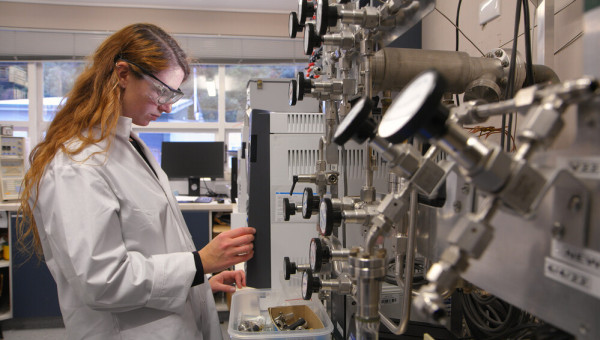
Dr Dan Bassett: Diagnosing earthquake and tsunami hazard by CAT scanning subduction zones in New Zealand and Japan
(Awarded: $78,500)
New Zealand’s Hikurangi margin is our largest source of earthquake and tsunami hazard and shares many similarities with the source region of magnitude 8-9 earthquakes that have struck the Japanese Islands, most recently in the 2011 M9 Tohoku earthquake. These Japanese earthquakes have demonstrated how the juxtaposition of rocks with different elastic properties can exert a major influence on the magnitude of earthquakes, the severity of ground shaking, and the size and impact of associated tsunami.
Project Lead and GNS Scientist Dr Dan Bassett is partnering with the Japan Agency for Marine-Earth Science and Technology (JAMSTEC), and the National Research Institute for Earth Science and Disaster Resilience (NIED), Japan.
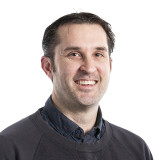
“By connecting scientists, stakeholders and hazard modelers in New Zealand and Japan we’ll investigate how similar juxtapositions may impact future events in New Zealand,” says Dr Bassett.
“The project will generate the first high-resolution, 3-D CAT scan related images of New Zealand’s Hikurangi margin and the Tohoku-oki M9 earthquake area in Northeast Japan.”
Directly-comparable images for each region will allow the physical and structural controls on recent Japanese earthquakes to be used to refine, calibrate and test rupture scenarios for Hikurangi earthquakes and tsunami.
High-resolution models of elastic properties will improve earthquake locations and the quantification of slip from geodetic observations, and numerical simulations of earthquake ruptures, ground motion shaking predictions and tsunami generation in future events.
Dr Holger Fiedler: Engineering energy harvesting surfaces via ion beam modifications
(Awarded: $80,000)
As the world combats climate change, nations are committing to transition their economies to zero-carbon emissions by 2050. The future of a resilient, stable and affordable energy supply is crucial and requires a deviation from the status-quo of approaches.
GNS Project Lead Dr Holger Fiedler will partner an international team of material scientists from Lativa (Riga Technical University) and Australia (RMIT University) to optimise triboelectric nanogenerators (TENG).
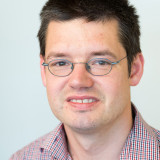
TENGs convert the intrinsic mechanical energy of small movements in the environment, such as moving cars, walking people, and even sound, to electrical energy that can be used to supply energy to smart watches, mobile phones and other devices.
"This is an exciting new field of science that's really only existed since 2010, so there are tremendous, unexplored opportunities with this technology," says Dr Holger.
The team will combine their expertise to create a new material combination that increases the power output of the emerging renewable triboelectric power supply. This will be achieved by fabricating triboelectric laminates (stacked layers of polymers) and bombarding the surfaces and individual interfaces with charged ions.
This collaboration will enable exploration of more suitable future applications and leverage the material systems developed in this project.
Dr Anna Kaiser: Capturing site amplification in seismic design: Pilot study investigating seismic site amplification at stations of the NZ seismic network
(Awarded: $66,000)
The way an earthquake’s seismic energy is experienced on the earth’s surface is determined by many factors including the local geology and topography of the ground surface. These effects are well known and are incorporated implicitly into seismic design codes, which underpin how structures should be designed to adequately resist seismic forces during earthquakes.
Presently New Zealand’s seismic design code treats all rock sites the same, however the level of shaking may differ depending on the morphology and materials of the rock formation. In Europe several seismic design codes explicitly take this into account.
This pilot research study will compare how seismic energy is amplified at rock sites in New Zealand and Europe.
GNS Science Seismologist and Project Lead Dr Anna Kaiser says the purpose of this study is to understand whether rock sites in Europe and New Zealand with similarly high slope and elevation also share similar shaking characteristics.
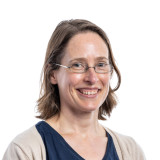
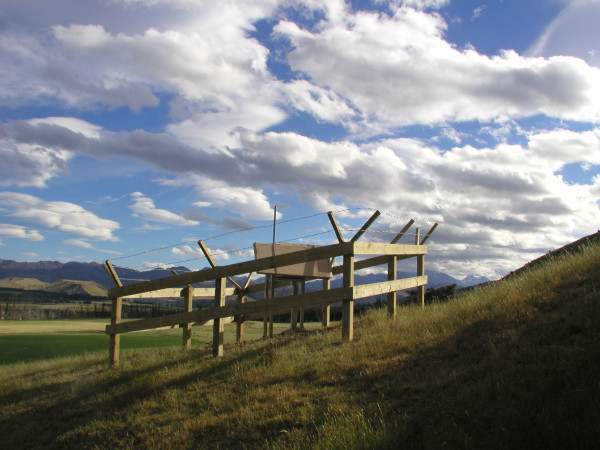
“Once we understand how similarly our rock sites behave in an earthquake, we can draw together insights from seismology and the GNS landslide team’s research to consider how applicable the European seismic design codes could be for New Zealand,” says Dr Kaiser.
“Understanding the way different ground conditions can amplify seismic waves is not just important for how we build our structures but also for forecasting the impacts of an earthquake at different locations such as potential landslides.”
The project will be delivered in collaboration with the University of Genova and National Institute of Geophysics and Volcanology in Italy.